How to make a cardboard water dispenser?
Struggling with limited access to clean drinking water can be a daily challenge, especially in areas without modern infrastructure. Learn “How to make a cardboard water dispenser?” to tackle this issue creatively.
To create a cardboard water dispenser, cut a rectangle in a large box for a spout, secure a clean plastic bag inside for water, and attach a tap. This makeshift solution should be a temporary measure while seeking sustainable water sources.
Discover a clever DIY solution for clean water access with our guide on making a cardboard water dispenser. Perfect for emergencies—get the full step-by-step instructions now!
How to make a cardboard water dispenser? (9 Steps Guidance)
If you are facing the same problem like, How to make a cardboard water dispenser? Must read the following Steps!

Step 1: Gather Your Materials
You’ll need a large cardboard box, a plastic bag, a tap or spigot, scissors, and waterproof tape. Ensure all elements are clean and safe for holding drinking water.
Step 2: Prepare the Cardboard Box
Choose a sturdy cardboard box and cut a hole in the front at the bottom. This hole will later serve as the point where the tap or spigot will be attached for dispensing water.
Step 3: Create a Spout Opening
Cut a rectangular opening above the tap hole to insert the spigot. It should be slightly smaller than the spigot’s diameter for a snug, leak-proof fit when secured with waterproof tape.
Step 4: Insert and Secure the Plastic Bag
Place a clean, large plastic bag inside the box, aligning its opening with the spout. Secure the edges around the opening with waterproof tape to prevent any leaks and ensure the water remains uncontaminated.
Step 5: Install the Tap
Insert the tap or spigot into the hole and spout opening. Use waterproof tape to firmly attach it, ensuring a tight seal to prevent dripping and to keep the water supply secure within the plastic bag.
Step 6: Test for Leaks
Fill the plastic bag with water and check for any dripping around the tap. Address leaks immediately with additional waterproof tape to ensure the dispenser is fully functional and reliable.
Step 7: Reinforce Your Water Dispenser
Strengthen the structure by reinforcing the corners and openings of the cardboard box with extra layers of tape, ensuring long-lasting durability and stability for everyday use.
Step 8: Decorate Your Dispenser (Optional)
Personalise your dispenser with paints or stickers for a more aesthetically pleasing look. Make sure to use water-resistant materials to maintain hygiene and functionality.
Step 9: Educate on Usage and Maintenance
Explain to all users how to properly dispense and refill water, and the importance of regularly checking the unit for potential leaks or damage to maintain hygiene.
Topics:
The comprehensive topics related, How to make a cardboard water dispenser?
1: Understanding the Importance of Water Purity in Emergency Dispensers
In emergency situations, ensuring water purity in dispensers is crucial. Contaminated water can lead to serious health issues, making it imperative to use clean containers and conduct regular checks to maintain sanitation.
2: Innovative DIY Solutions for Sustainable Water Management
Creative DIY projects like the cardboard water dispenser can make a significant impact in areas facing water scarcity. These initiatives not only provide immediate relief but also encourage communities to develop low-cost, sustainable water management practices.
3: The Role of Material Selection in Building a Safe Water Dispenser
Selecting the right materials is crucial for constructing a safe and durable water dispenser. Opt for non-toxic, waterproof materials that will not degrade when in contact with water, and ensure all components are sturdy enough to withstand regular use and refilling.
4: Maintenance Tips for Long-Term Use of a Cardboard Water Dispenser
Regular maintenance is key to the longevity of your cardboard water dispenser. Keep the unit clean, promptly replace the water, and inspect it for wear and tear to ensure a continuous safe supply of drinking water.
5: Addressing Environmental Concerns with Recyclable Water Dispenser Designs
Amidst growing environmental concerns, using recyclable materials for water dispensers is both eco-friendly and practical. Cardboard, being biodegradable, reflects an awareness of sustainability and encourages the principle of ‘Reuse, Reduce, Recycle’ in everyday objects.
Conclusion:
In summary, learning how to make a cardboard water dispenser is a practical and resourceful approach to addressing immediate clean water needs in situations with limited resources. This guide outlines an innovative yet straightforward method of fabricating a functional dispenser using common materials. Emphasising the importance of material safety, leakage prevention, and regular maintenance, it not only unlocks DIY potential but also instils the value of sustainable practices. Therefore, “How to make a cardboard water dispenser?” is more than just a DIY project; it’s a lesson in creativity, resourcefulness, and environmental consciousness.
FAQs:
People also ask, How to make a cardboard water dispenser?
To craft a dispenser, gather materials, modify the cardboard box for the tap, secure a plastic bag inside, install the tap, test for leaks, and reinforce its structure.
A good water dispenser is reliable, easy to use, maintains water purity, is durable, and is made from safe, sustainable materials.
A water dispenser for a science project demonstrates principles of fluid dynamics and offers a practical application of designing a tool to efficiently dispense water.
The process of a water dispenser involves storing water in a container and providing a mechanism, such as a tap or spigot, to release the liquid as needed.
Materials commonly used to make a water dispenser include plastic, metal for the spigot, cardboard for structure, and waterproof tape for sealing.

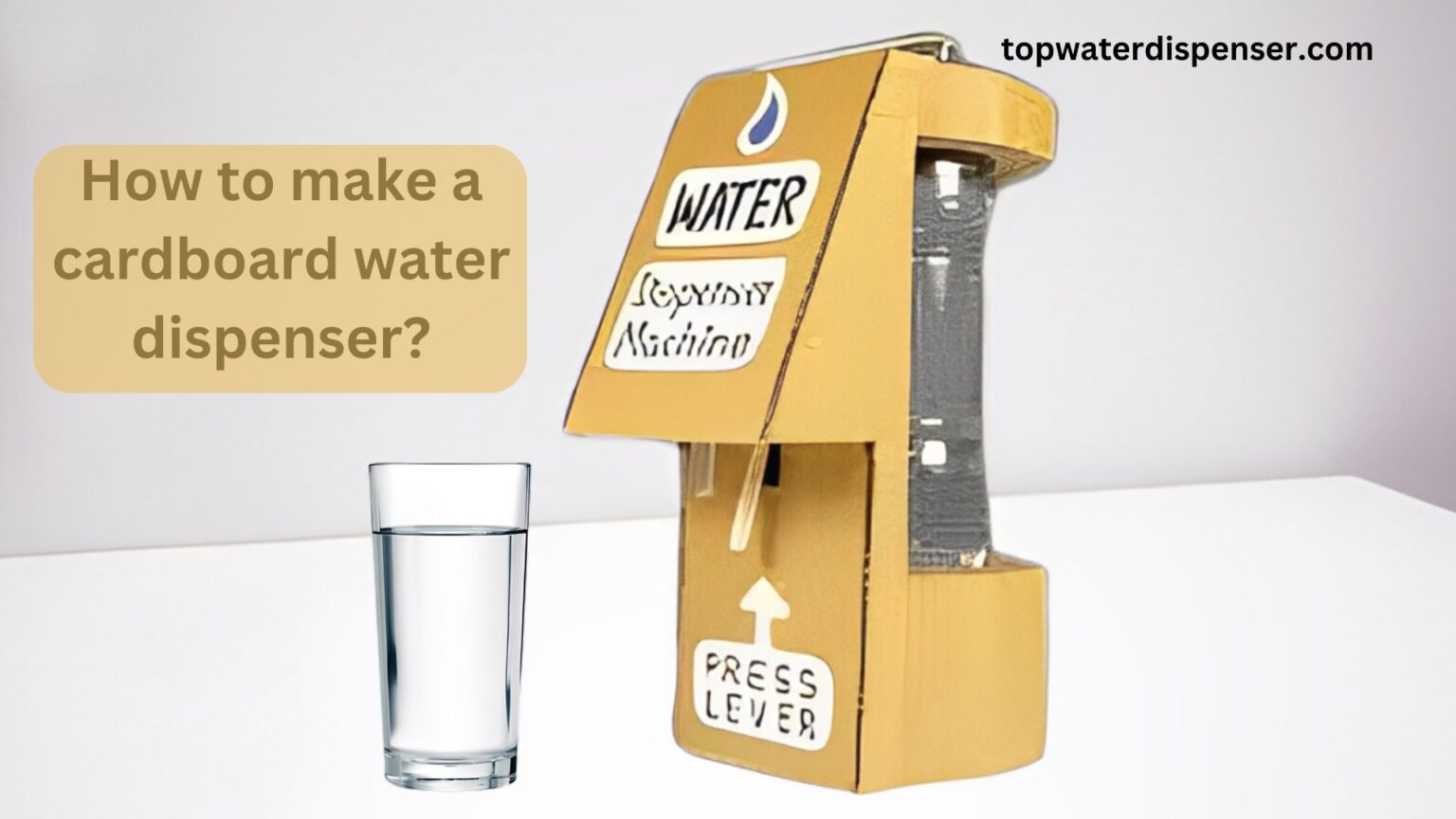
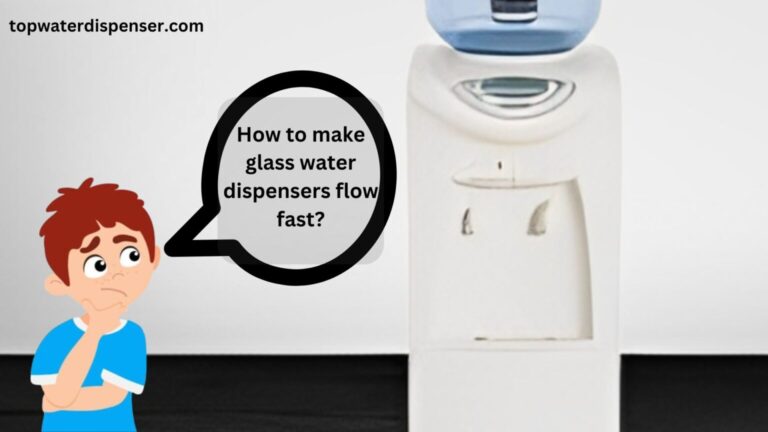
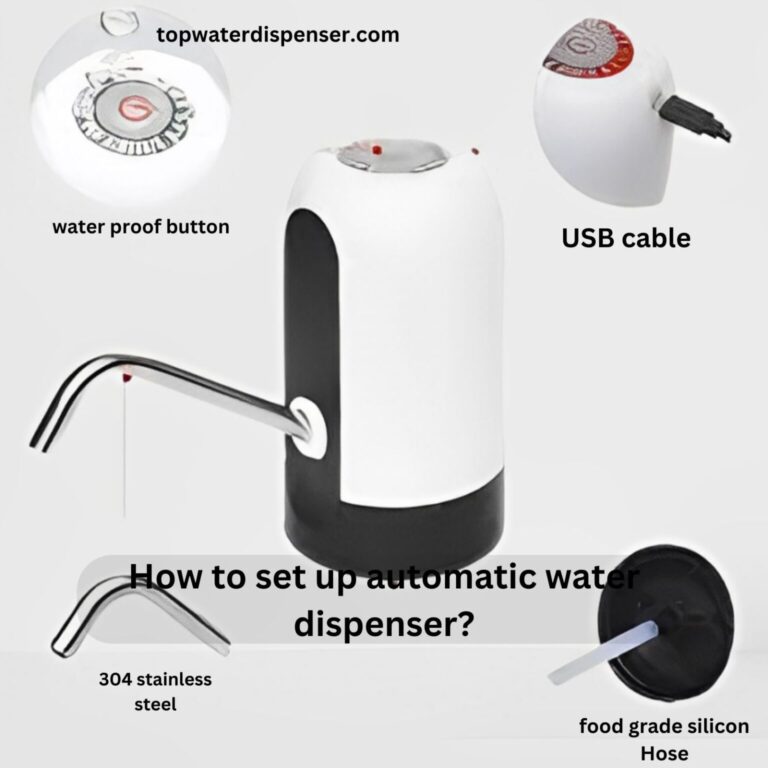
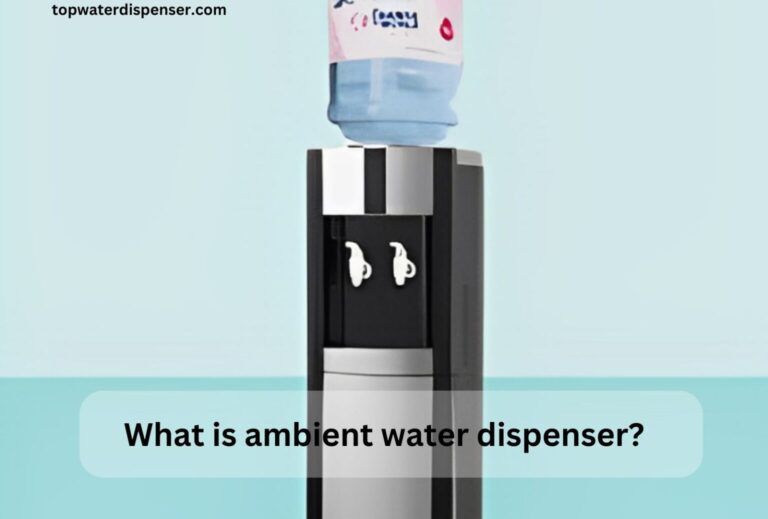
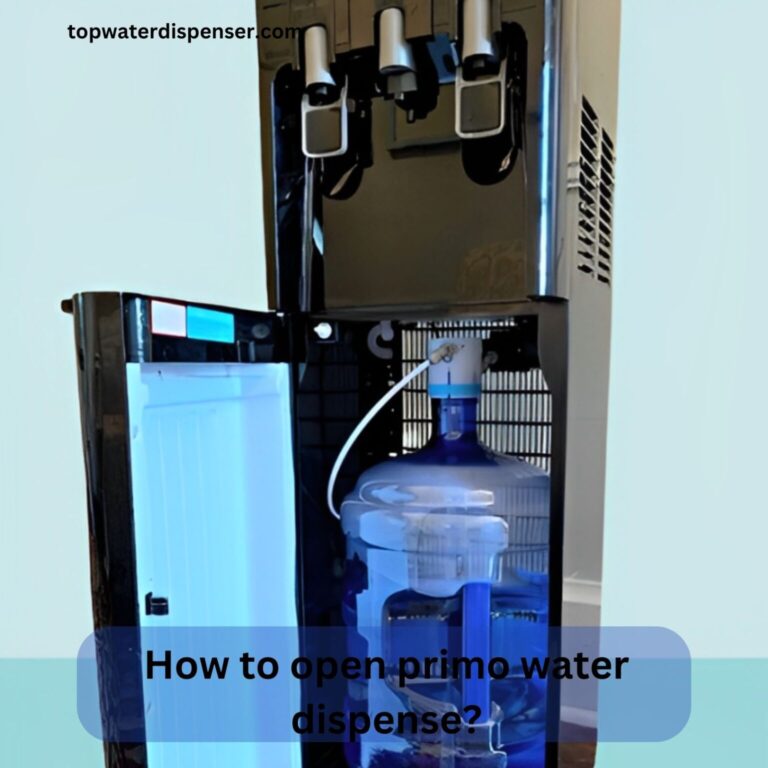
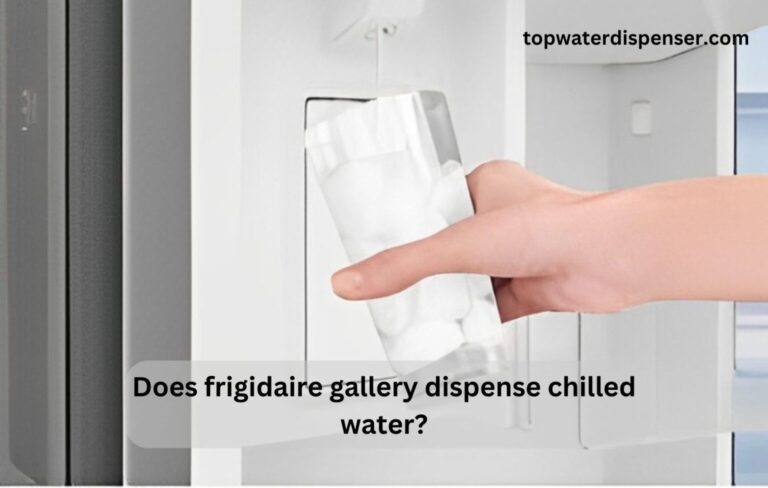
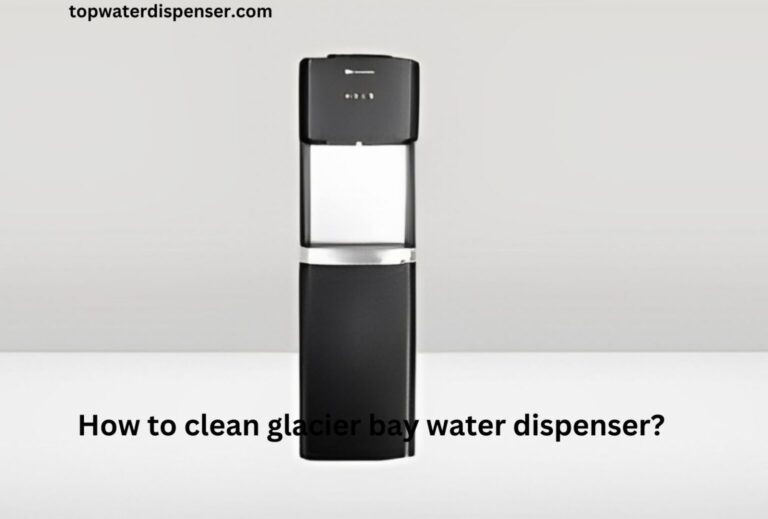
2 Comments